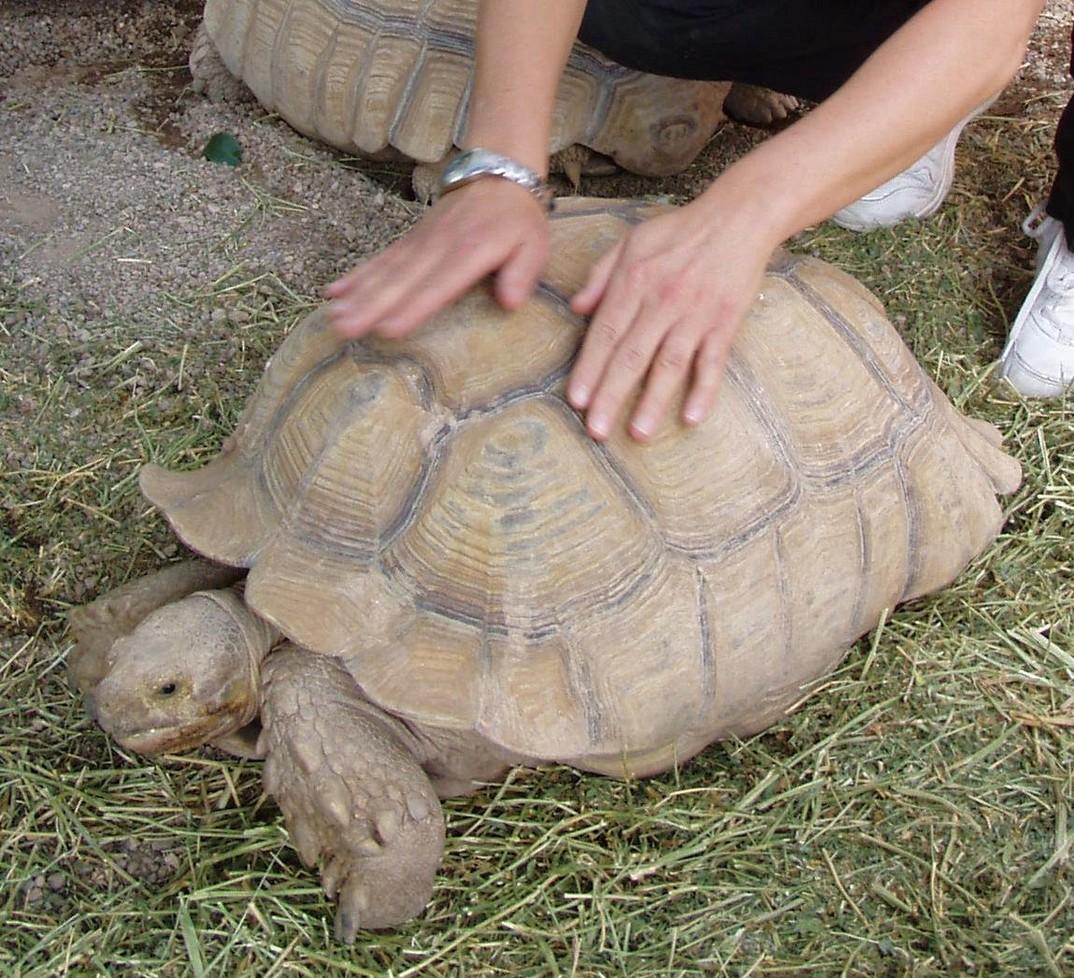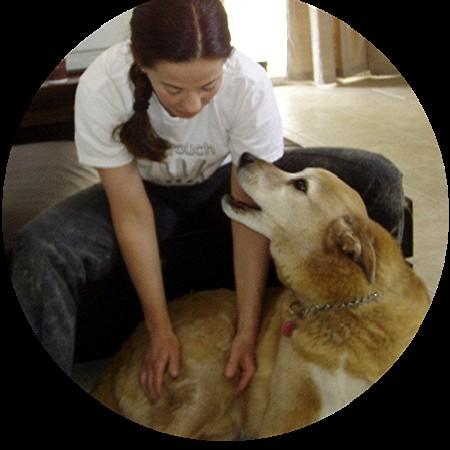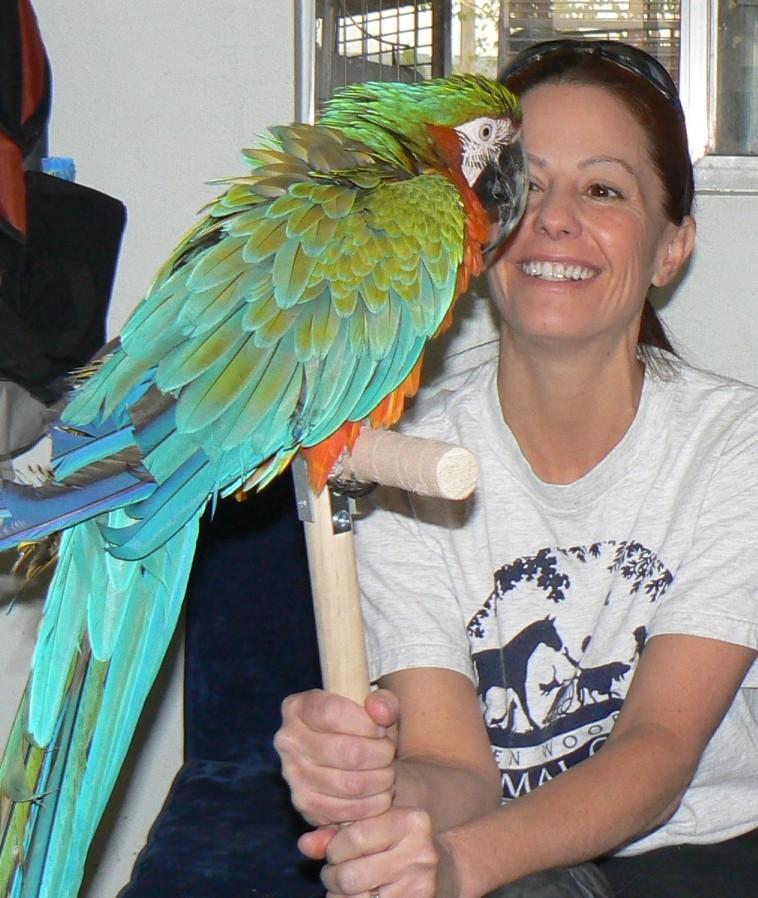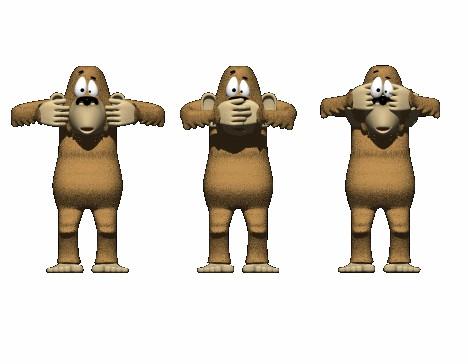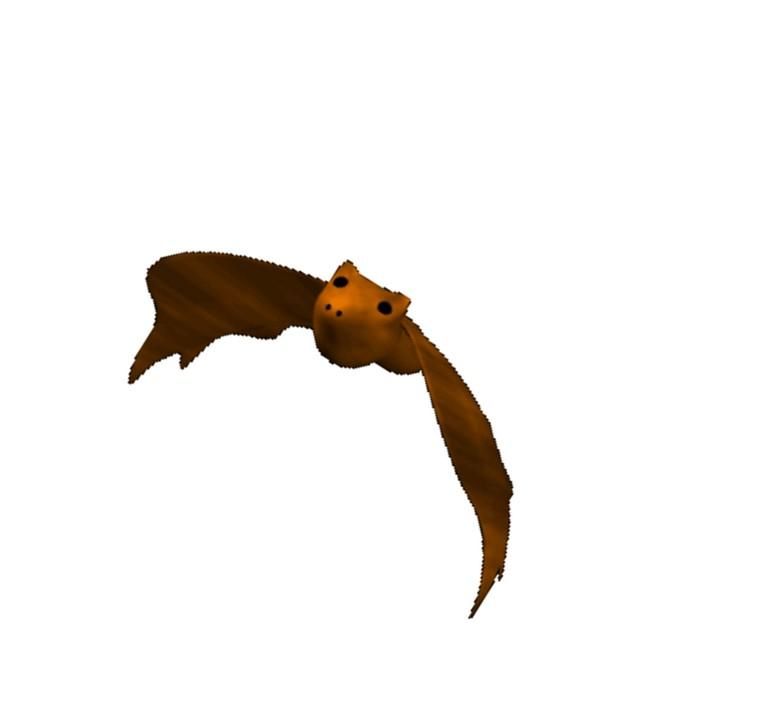Nervous System
This system is made up of many different information segments. The Central Nervous System (CNS) is made up of the brain and the spinal cord. This area receives all the information from other nervous system impulses and translates them for movement, learning ability, organ activity, and response to stimuli; just to name a few. The CNS regulates reflex or the “quick jerk” responses animals have to ligament tightness during quick stretches. Remember the proprioceptors.
Gate Theory: Sensation information from the CNS information center can be controlled with touch. For example, vibration beats discomfort to the brain because pain travels on a slower nerve fiber than vibration, pressure, or temperature.
The Peripheral Nervous System is made up of the Somatic (voluntary movement) and Autonomic (involuntary movement) Nervous Systems. The Autonomic Nervous System governs two areas that IPTouch can greatly affect the Sympathetic (SNS) and Parasympathetic Nervous Systems (PNS).
The SNS is the fight or flight system. The PNS helps balance the SNS by improving an animal’s ability to calm itself. By training the PNS to become more active, you will have a more peaceful and healthy animal through the relaxation response.
‘Coupling’: A neuromuscular dis-association of more than one body part working as a whole, which is the awareness of joining together or linking the physical self. Animals may disassociate a part of their body when another is symptomatic of a dis-ease pattern. This facilitates proprioceptive compensation and eventually fatigues the full body. Improving this awareness will help decrease compensation patterns. Innovative Pet Therapy
202












